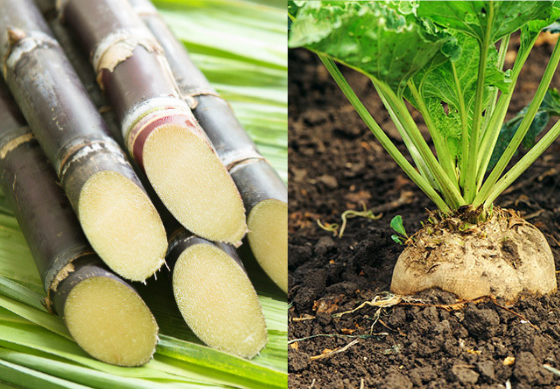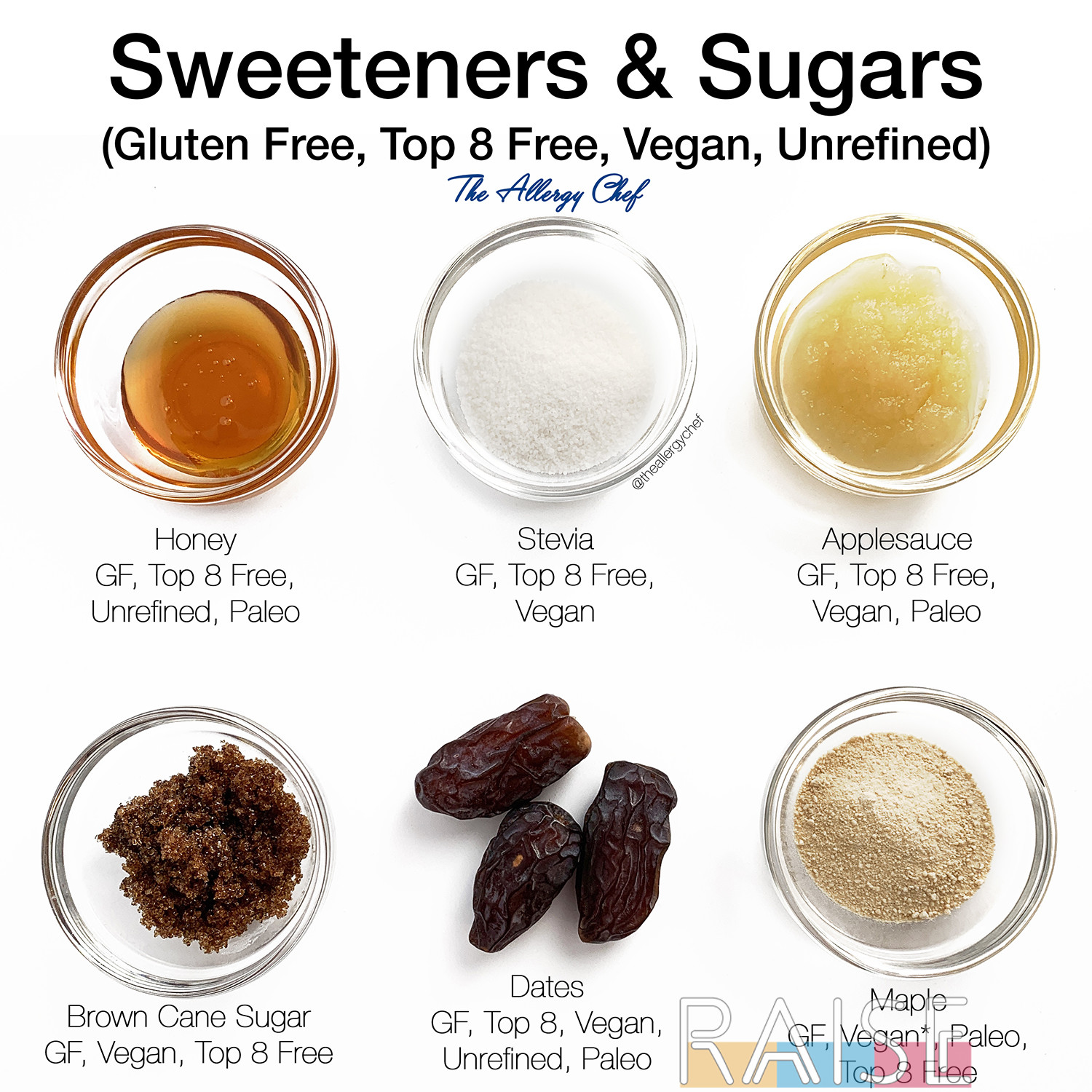The Ultimate Contrast: Beet Sugar vs. Cane Sugar Explained
The contrast between beet sugar and cane sugar provides an interesting exploration of two predominant sweeteners in the culinary world. While both sugars share an usual structure of sucrose, their beginnings, processing techniques, and flavor accounts split substantially.
Origins of Sugar Resources
The origins of sugar sources are mostly rooted in 2 distinctive plants: the sugar beet and the sugar cane. Sugar cane, a tropical turf belonging to Southeast Asia, has actually been grown for over 2,500 years. Historically, it was very first trained in New Guinea and later spread to India, where it ended up being an important part of the culture and economic climate. The procedure of drawing out sugar from cane ended up being reputable, bring about its prominence in profession throughout the Middle Ages.
In comparison, sugar beet is a fairly modern resource, established in Europe during the late 18th century as a feedback to sugar cane lacks. The plant flourishes in warm climates, making it suitable for growing in regions such as France and Germany. The effective removal of sugar from beetss noted a substantial agricultural development, as it supplied a different to cane sugar, especially during durations of trade interruption.
Both plants have actually played critical roles in forming the international sugar market. Their distinct development settings and historic contexts highlight the variety of sugar resources, inevitably influencing local farming methods and economic growth.

Processing Approaches Discussed
Numerous handling techniques are utilized to remove sugar from both sugar beet and sugar cane, each customized to the specific features of the resource product. In the instance of sugar beetss, the procedure starts by gathering the origin and then washing it to eliminate soil and contaminations. The beetss are then sliced into thin strips, recognized as cossettes, and subjected to hot water removal, which dissolves the sugar. The resulting juice undergoes clarification, where lime and warmth are made use of to remove pollutants. This juice is then focused via evaporation and crystallization, yielding raw sugar.
On the other hand, sugar cane handling includes a different technique. The made clear juice is concentrated through evaporation, comparable to beet sugar processing, before condensation occurs. Both processes culminate in the production of raw sugar, which might undergo more refining to achieve the preferred pureness and quality.
Nutritional Differences

When contrasting beet sugar and cane sugar, notable nutritional distinctions arise, though they are frequently subtle. Both sorts of sugar are primarily made up of sucrose, providing about the very same caloric web content-- around 4 calories per gram. Nonetheless, the differences hinge on their trace element content and the presence of particular substances that might have marginal nutritional effects (beet sugar vs cane sugar).
Beet sugar contains percentages of potassium, calcium, and iron, while cane sugar commonly supplies slightly higher focus of these minerals. In addition, cane sugar might maintain more all-natural molasses throughout processing, which can contribute to trace amounts of anti-oxidants and various other beneficial substances. This is particularly true for less polished ranges, such as raw cane sugar.
In spite of these distinctions, both beet and cane sugars are mainly made up of basic carbs, with a high glycemic index, leading to comparable effects on blood sugar level levels. While there are minor nutritional distinctions, the total wellness effect of consuming either kind in small amounts continues to be mostly comparable. People seeking to reduce sugar intake for health and wellness factors should take into consideration both forms with equivalent scrutiny, focusing on total dietary patterns instead than the resource of sugar
Preference Profiles Compared
Preference accounts of beet sugar and cane sugar display unique attributes that can influence their cooking applications. Cane sugar, frequently perceived as having a more intricate, nuanced sweetness, is derived from the high turf of the sugar cane plant.
On the other hand, beet sugar, removed from sugar beetss, is known for its cleaner, more uncomplicated sweetness. This quality makes it particularly appropriate for dishes requiring a neutral sweetening agent that permits other tastes her comment is here to radiate. Some cooking specialists suggest that beet sugar might leave a slightly natural aftertaste, which can be unwanted in delicate treats.
Additionally, the assumption of sweet taste strength differs in between both, with some tasters recognizing cane go sugar as sweeter compared to beet sugar at equal dimensions. Eventually, the choice between beet and cane sugar might depend upon the particular application, with each sugar offering unique attributes that can enhance or enhance different meals. Understanding these distinctions allows for educated decisions in culinary techniques.

Ecological Effect
The ecological impact of sugar manufacturing-- whether from beet or cane-- has amassed enhancing focus in the last few years as a result of its ramifications for sustainability and environmental health and wellness. Both sugar resources exhibit distinctive environmental footprints, influenced by farming practices, land usage, and source usage.
Cane sugar manufacturing typically demands large locations of exotic land, which can lead to logging and loss of biodiversity. In addition, the growing of sugarcane is regularly associated with high water use and substantial chemical and fertilizer application, adding to dirt degradation and water air pollution.
Alternatively, beet sugar is mainly expanded in pleasant regions, normally calling for less water and land. Its farming can still entail the use my latest blog post of chemical inputs, impacting local communities. Furthermore, the energy-intensive processing of beet sugar can contribute to greenhouse gas discharges.
Sustainable farming methods and innovations in modern technology are important for minimizing the environmental effects of sugar manufacturing. Organic farming methods, integrated parasite administration, and reliable water use can enhance the sustainability of both beet and cane sugar sectors, ultimately bring about a reduced environmental footprint and a healthier planet.
Verdict
In recap, the comparison in between beet sugar and cane sugar highlights both resemblances and differences that affect their application. Cane sugar is defined by its complicated sweet taste, while beet sugar offers a more uncomplicated taste.
The origins of sugar resources are mainly rooted in 2 distinct plants: the sugar beet and the sugar cane.Various handling approaches are utilized to draw out sugar from both sugar beet and sugar cane, each tailored to the certain features of the source material.Beet sugar contains little quantities of iron, potassium, and calcium, while cane sugar usually provides slightly greater concentrations of these minerals.Despite these distinctions, both beet and cane sugars are mainly made up of straightforward carbohydrates, with a high glycemic index, leading to similar results on blood sugar degrees. Cane sugar, frequently viewed as having an extra complex, nuanced sweetness, is obtained from the tall lawn of the sugar cane plant.